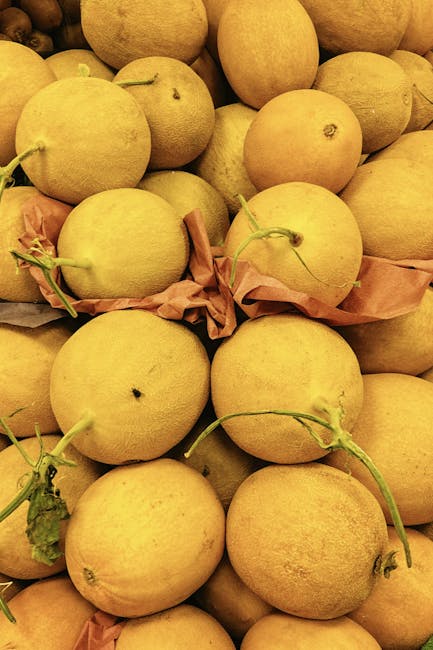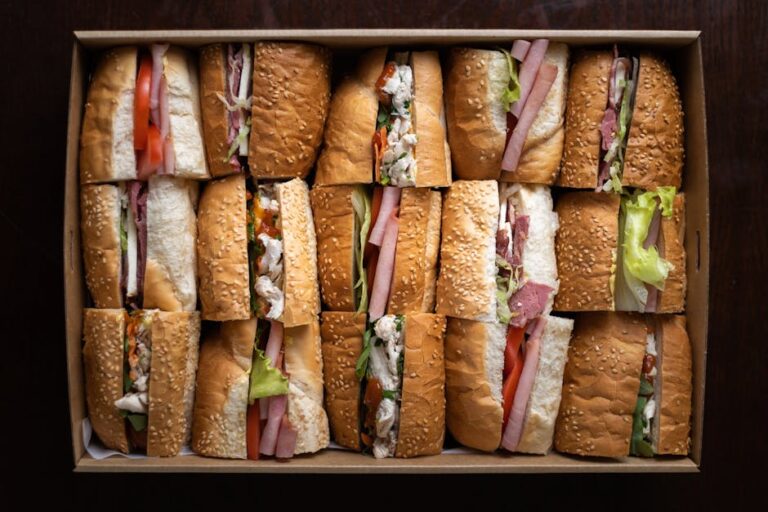Mastering Strawberry Propagation: A Comprehensive Guide to Runner Propagation
Understanding Strawberry Runners: The Key to Successful Propagation
Strawberry propagation, the process of creating new strawberry plants from existing ones, is a rewarding endeavor for both home gardeners and commercial growers. While various methods exist, propagating strawberries from runners – also known as stolons – remains the most common and often the most successful technique. Runners are long, slender stems that grow horizontally from the mother plant, producing new plantlets at their nodes. These plantlets, once rooted, can be separated and grown into independent, fruiting plants. This comprehensive guide will walk you through every step, ensuring you achieve a bountiful harvest from your propagated strawberry plants.

Identifying and Selecting Healthy Runners
Before you begin the propagation process, it’s crucial to identify and select healthy runners from your mother plants. Look for runners that are:
- Vigorous and strong: Avoid thin, weak, or discolored runners.
- Free from diseases and pests: Inspect the runners for any signs of disease or pest infestation. Diseased runners should be discarded.
- Producing healthy plantlets: The plantlets should be robust with healthy leaves and a well-developed root system.
- From healthy mother plants: The mother plants should themselves be vigorous and productive, free from diseases and pests. Healthy mother plants are more likely to produce healthy runners.
Careful selection at this stage significantly increases the chances of success.
Methods for Propagating Strawberries from Runners
1. The Traditional Method: Direct Planting of Runners
This is the simplest method and involves letting the runners naturally root themselves in the soil. Once a plantlet develops roots, it can be separated from the mother plant. This method requires a bit more patience, but is very effective.
- Prepare the soil: Ensure the soil is loose, well-drained, and rich in organic matter. Amend the soil with compost or other organic material to improve its structure and fertility.
- Allow runners to root: Let the runners extend naturally towards the soil. You may gently guide them into the prepared soil using small pegs or weights if necessary. The plantlets will form roots at the nodes.
- Monitor growth: Regularly check for root development. Once the plantlets have developed a robust root system, typically within a few weeks, they are ready for separation.
- Separation and transplanting: Carefully separate the new plants from the mother plant using a sharp knife or trowel, ensuring that each plant has its own roots. Transplant the separated plantlets into their designated spots, ensuring that the crown of the plant is at soil level.
2. The Pinning Method: Encouraging Runner Rooting
This method actively encourages the runners to root by pinning them to the soil. It speeds up the rooting process and allows for better control over the location of the new plants.

- Prepare the soil: As with the traditional method, ensure the soil is loose, well-drained, and rich in organic matter.
- Pinning down the runners: When the runners reach a suitable length, carefully press the plantlet node into the soil using a peg, small rock, or even a heavy object to secure it. This will encourage root formation at the node.
- Watering: Water the soil regularly to keep it moist, especially during hot and dry periods. This will promote the development of a healthy root system.
- Monitor growth: Observe the plantlets for signs of growth. They will begin to develop roots and new leaves. Once well established, they can be separated from the mother plant.
- Separation and transplanting: Once the plantlets have developed sufficient roots, gently separate them from the mother plant using a sharp knife or trowel and transplant them into their individual locations.
3. Using Pots or Trays: Controlled Propagation
For a more controlled approach, use small pots or trays filled with appropriate potting mix. This is ideal for those with limited space or for precise control over the young plants.
- Prepare the pots or trays: Use small pots or seedling trays filled with a well-draining potting mix rich in organic matter.
- Guide the runners: Gently guide the runners into the pots or trays. The plantlets can be directly planted into the potting mix to encourage root development.
- Monitor growth: Regularly water the pots and monitor the growth of the plantlets. Once the plants are well-established, they can be transplanted into their permanent locations.
- Transplanting: Once the plantlets have developed a good root system, carefully remove them from the pots or trays and transplant them into the garden.
Choosing the Right Time for Propagation
The best time for propagating strawberries from runners is during the active growing season, typically from spring to early summer. During this period, the plants are actively growing and producing runners, resulting in better success rates. Avoid propagating during periods of extreme heat or cold, as this can stress the young plants and reduce their chances of survival.
Aftercare: Nurturing Your New Strawberry Plants
After transplanting the new plants, provide them with adequate care to ensure their survival and growth:

- Watering: Water the plants regularly, especially during dry periods. Maintain moist soil, but avoid overwatering, which can lead to root rot.
- Fertilizing: Apply a balanced fertilizer to provide the plants with essential nutrients for healthy growth and fruit production. Follow the manufacturer’s instructions on fertilizer application rates.
- Mulching: Apply a layer of mulch around the plants to help retain soil moisture, suppress weeds, and regulate soil temperature.
- Weed control: Regularly remove weeds to prevent competition for resources and to maintain a healthy growing environment.
- Pest and disease control: Monitor the plants for any signs of pests or diseases and take appropriate measures to control them. This might involve using organic pest control methods or consulting with a local gardening expert.
Troubleshooting Common Issues
Even with proper techniques, you might encounter some challenges. Here are some common problems and solutions:
- Runners not rooting: Ensure the soil is moist but well-drained. Check for any obstructions that might be preventing root development.
- Plantlets dying: This could be due to overwatering, underwatering, pests, or diseases. Carefully inspect the plants and address the underlying issue.
- Slow growth: Ensure the plants receive adequate sunlight, water, and nutrients. Amend the soil if necessary to improve its fertility.
Harvesting Your Propagated Strawberries
The time it takes for your propagated strawberries to bear fruit will depend on the variety and growing conditions. Generally, you can expect to harvest your first strawberries within the first growing season after propagation. Remember to harvest the strawberries at their peak ripeness for the best flavor and quality.
By following these steps, you can successfully propagate strawberries from runners and enjoy a bountiful harvest of delicious, homegrown strawberries year after year. Happy gardening!







